Amsterdam Unveiled: A tapestry of Canals, Culture and Charm
Amsterdam, the capital city of the Netherlands, is a vibrant and multifaceted destination that seamlessly blends rich history, stunning architecture, captivating art, and unique geography. This eclectic city has a story to tell at every turn, making it a must-visit location for travelers seeking a blend of history, culture, and beauty. My husband and I recently traveled there and we were astounded by the people, architecture and the fun this city offers.
Amsterdam’s history is as rich as it is complex. The city, initially a small fishing village in the 12th century, grew to become a bustling trade hub during the Dutch Golden Age in the 17th century. This era marked a significant period of economic prosperity and cultural flourishing for Amsterdam, shaping the city’s character and leaving behind a legacy visible in its architecture and art.
The first thing I recommend you do in Amsterdam is take a city bike tour. We used Amsterbike located in the port. The tour, which takes you through the entire city last about 3 hours and cost about 35€, and worth every penny. I highly recommend them. Our tour guide was fun and friendly and we got to see the entire city. It was an easy ride through its canals, and flat terrain and for those who need a little help, they also have electric bikes. We stopped by the city’s parks, Vondelpark and Rembrandtpark as well as the museum square, which I’ll talk about later in this blog.
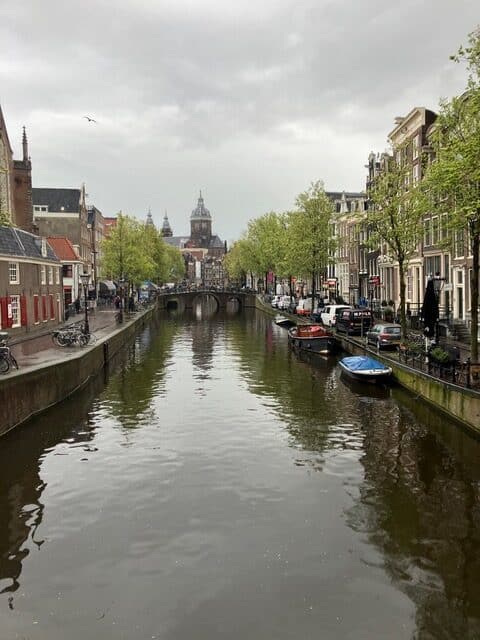
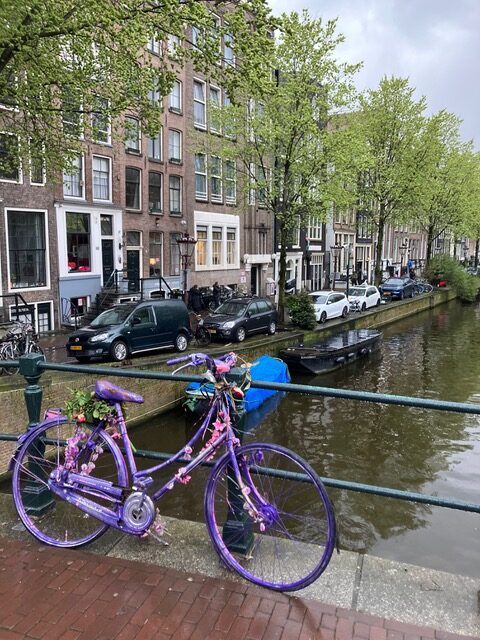
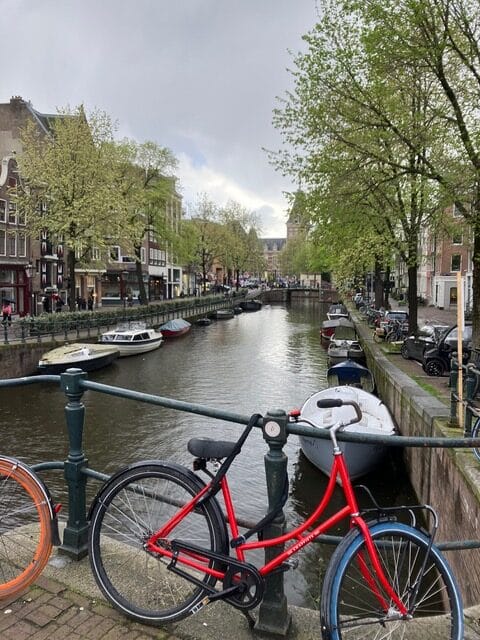
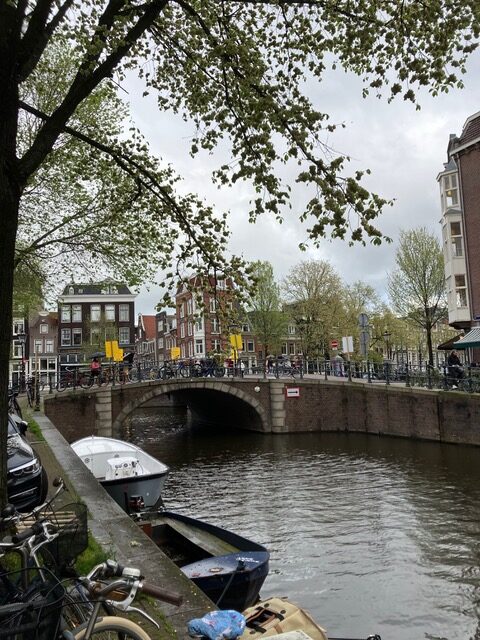
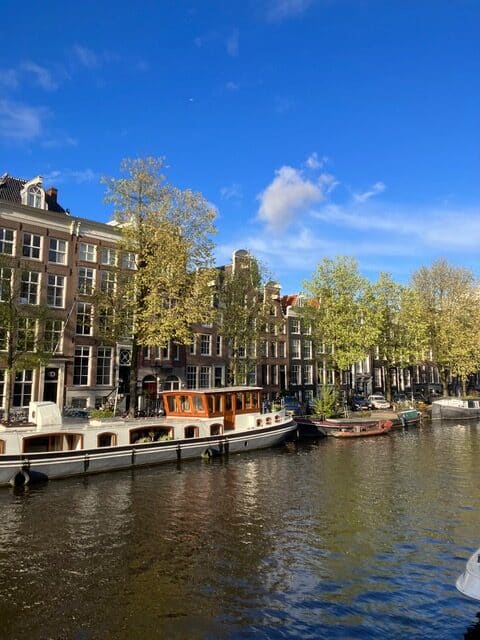
Amsterdam’s history is also marked by its tolerance and progressive values. The city has a long-standing reputation for being a haven for free thought, trade, and creativity. From the Dutch East India Company to Anne Frank’s House, Amsterdam’s historical sites offer a glimpse into its diverse past and the challenges its residents have overcome. The Anne Frank house is located in one of the oldest sections of the city. While on our bike tour, we visited the site. It was a sobering moment remember this young diarist who lost her life at a very young age at the hands of fascism. Be sure to book your tickets several months in advance, as they limit the number of visitors in the house because the space is in an attic at the top of the house.
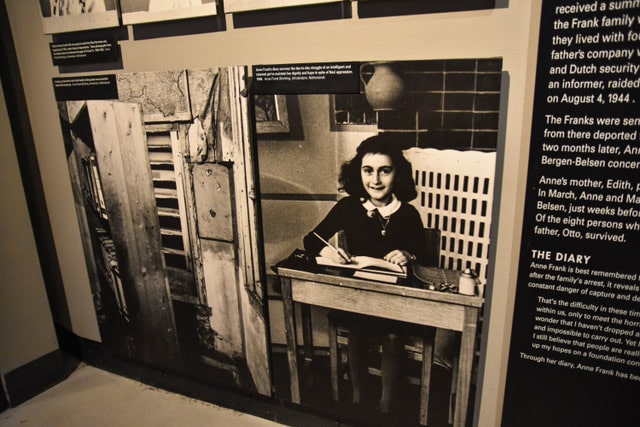
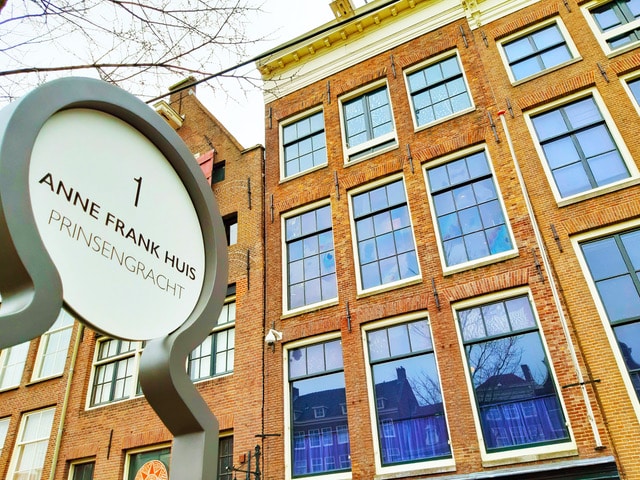
Amsterdam’s architecture is a testament to its rich history and cultural heritage. The city scape is a blend of traditional Dutch buildings, modern structures, and innovative designs that coexist harmoniously. The iconic canal houses with their narrow facades and gabled roofs are a hallmark of Amsterdam’s architectural style, reflecting the city’s past as a prosperous trading center. There are three main styles of gabled rooves in Amsterdam: Bell, Staircase and Triangle.
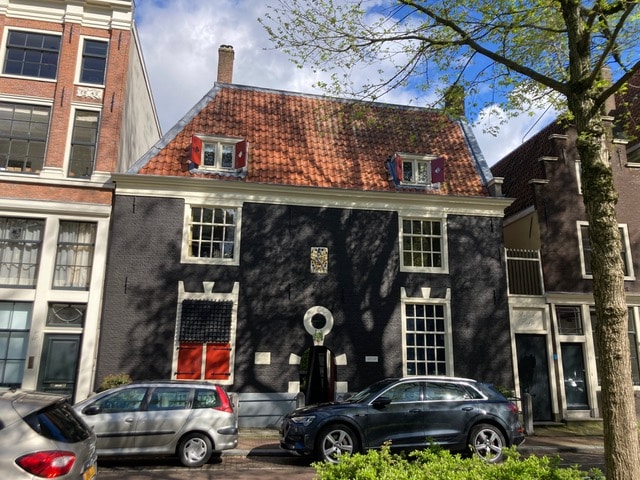
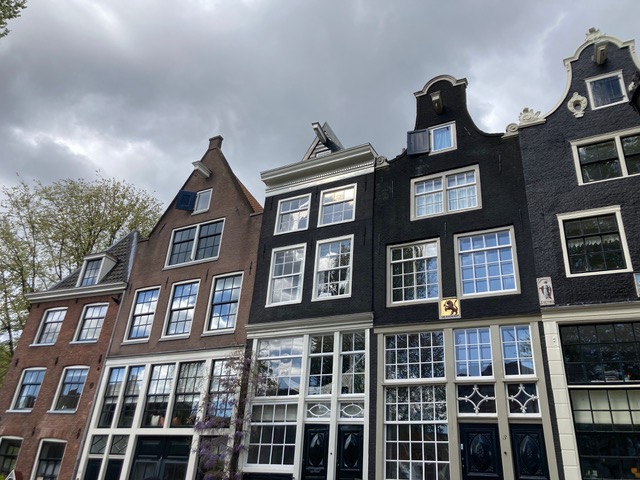
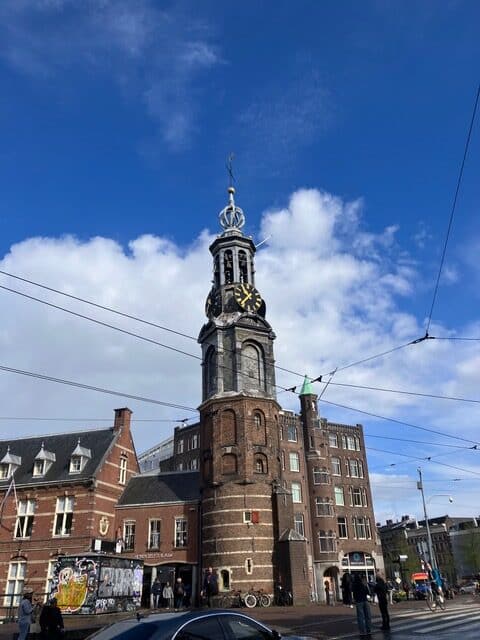
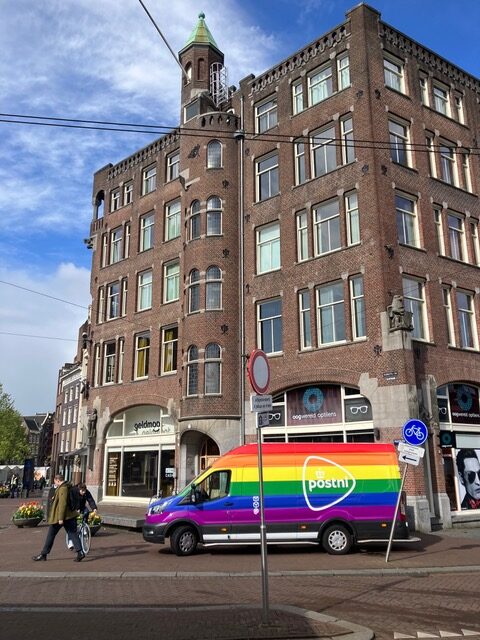
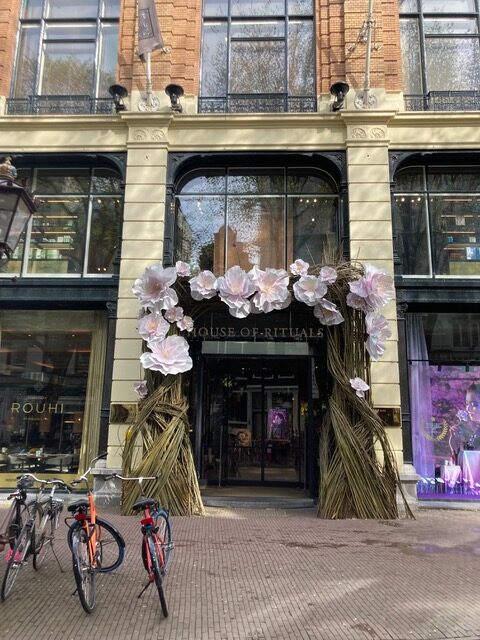
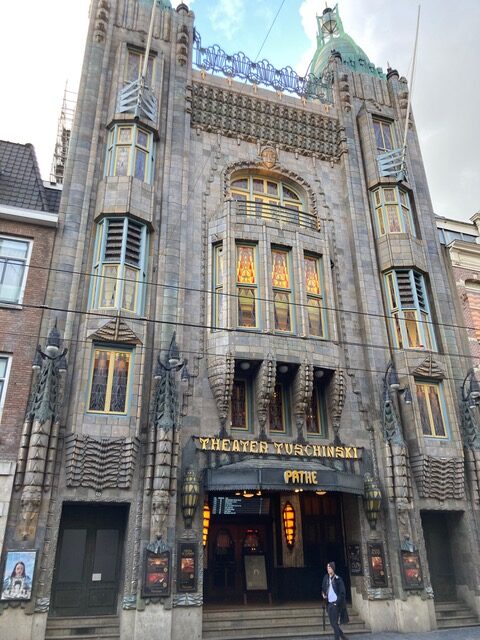
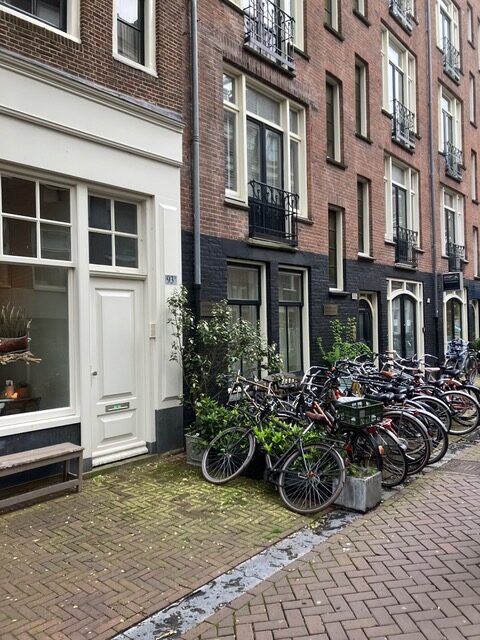
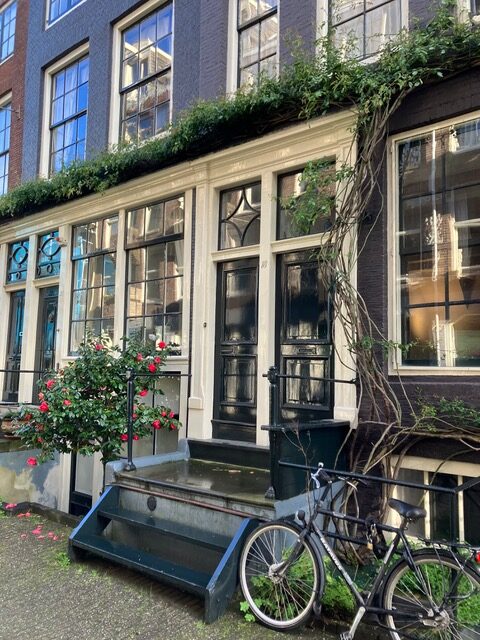
Visitors can explore architectural wonders such as the Royal Palace on Dam Square, the UNESCO-listed Canal Ring, and the modernist Van Gogh Museum. Each building tells a story of Amsterdam’s evolution over the centuries, showcasing a unique blend of old-world charm and contemporary flair. Amsterdam’s geography is defined by its intricate network of canals, which crisscross the city and lend it a distinctive charm. The 17th-century canal ring, known as the Grachtengordel, is a UNESCO World Heritage Site and a defining feature of the city’s landscape. The canals not only provide a picturesque backdrop for exploration but also serve as a means of transportation and flood control.
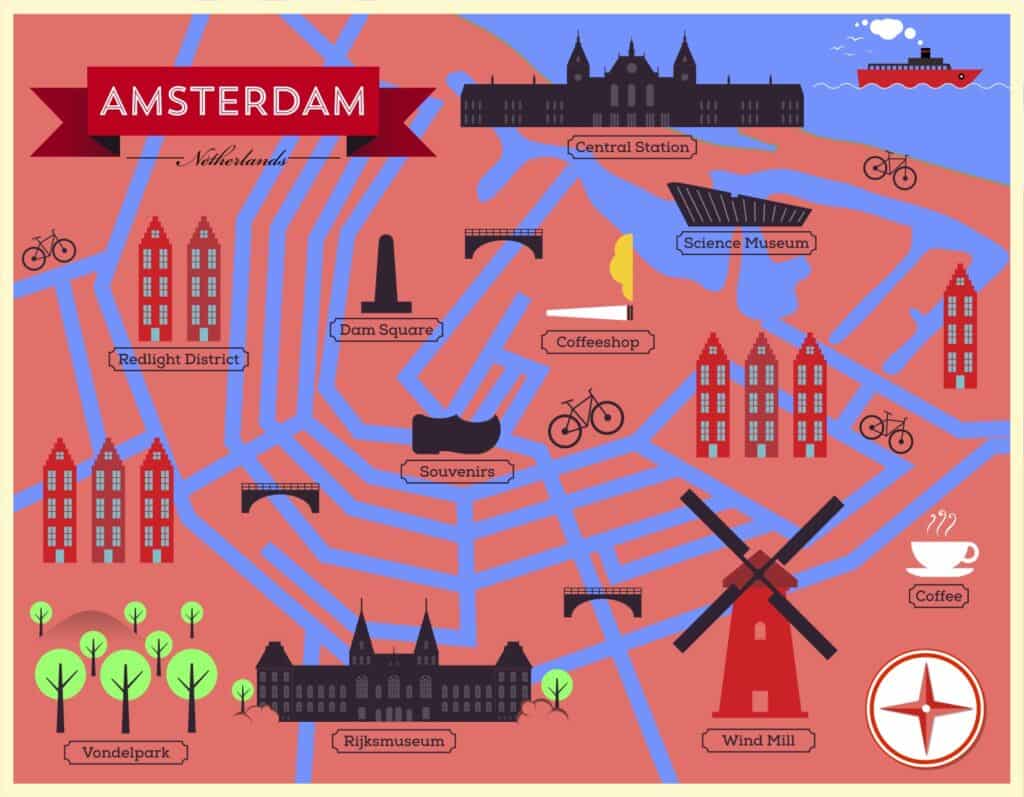
Amsterdam is a cultural hub with a thriving art scene that spans centuries. The city is home to world-renowned museums, galleries, and cultural institutions that showcase a diverse range of artistic masterpieces. From the iconic works of Rembrandt and Vermeer at the Rijksmuseum to contemporary installations at the Stedelijk Museum, Amsterdam offers a wealth of artistic experiences for visitors to enjoy. In addition to its museums, all located conveniently in one area and boasting no less that 6 major museums all walking distance to each other. Amsterdam boasts a vibrant street art scene, with colorful murals adorning buildings throughout the city. The annual Amsterdam Light Festival illuminates the city with dazzling light installations, turning the streets into a mesmerizing outdoor gallery that celebrates creativity and innovation.
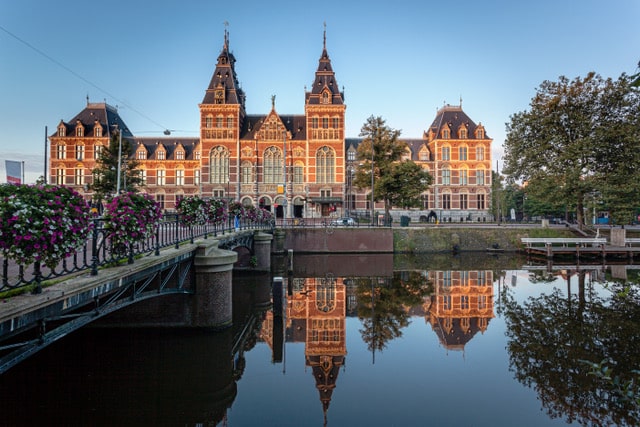
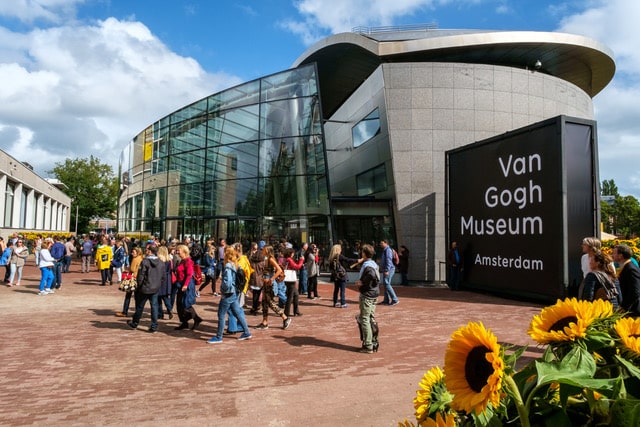
The allure of Amsterdam lies in its ability to seamlessly blend history, architecture, geography, and art into a captivating tapestry that invites visitors to explore and discover its many facets. Whether wandering along the canals, admiring the architecture, or immersing oneself in the city’s cultural offerings, Amsterdam promises an unforgettable journey filled with beauty, history, and inspiration. We sampled several fantastic restaurants in the area including a fantastic restaurant called Paardje Bar and Bistro located in the De Pije latin quarter.
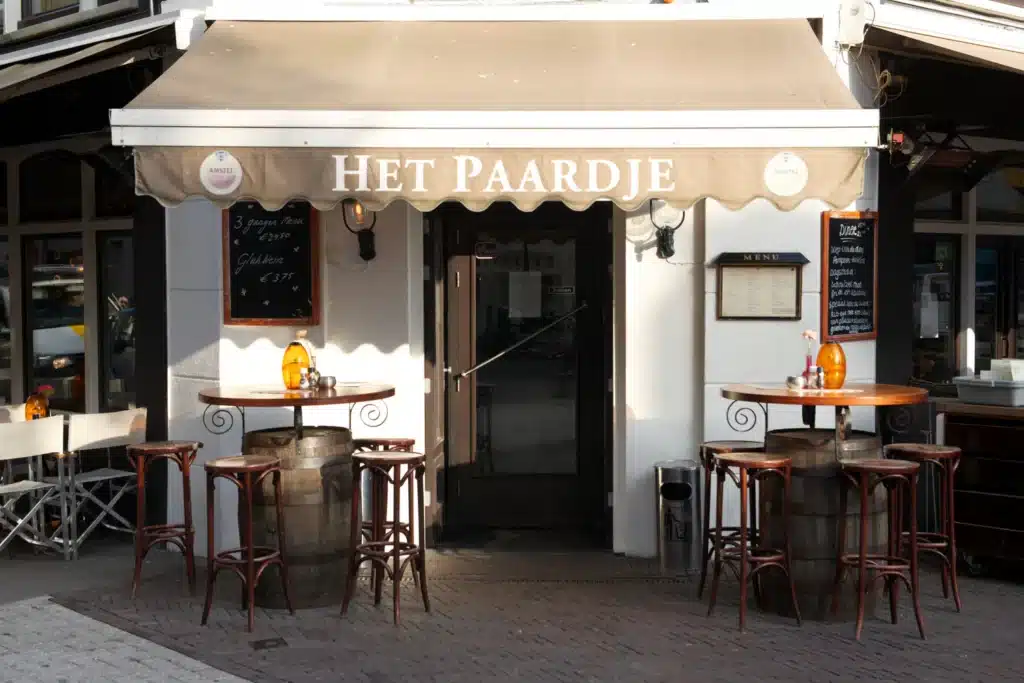
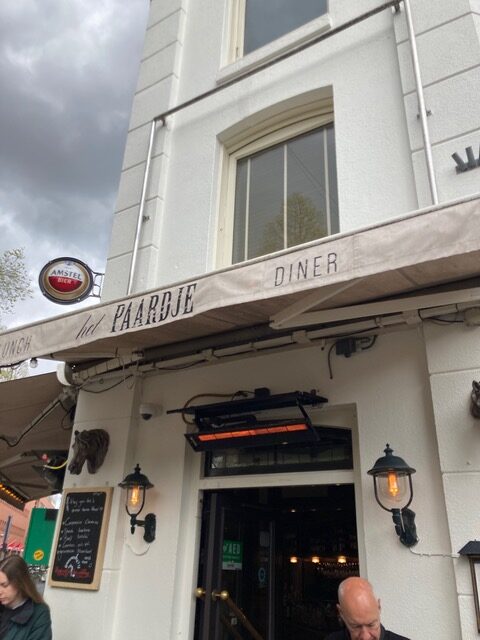
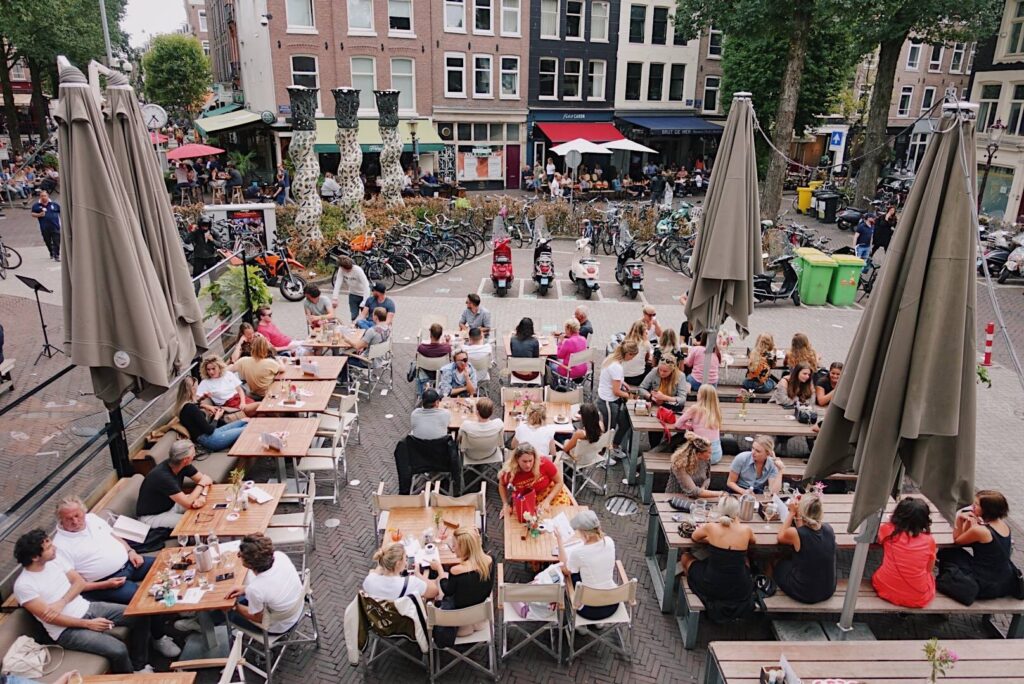
Another fantastic little gem is The Dylan, one of Amsterdam’s best kept secrets. Its a beautifully decorated boutique hotel located in the 9 Straatjes area overlooking the canal. It has two restaurants, a cute brasserie style restaurant called the Bar Brasserie OCCO and a fantastic Michelin Star awarded restaurant called Restaurant Vinkeles. Another fantastic hotel is the Pulitzer Hotel, which is located in centre of the city, also near the Anne Frank House. The rooms are gorgeous and perfectly appointed. The Pulitzer Bar is also a fun place just to have a drink – order the Starter Martini. You’ll thank me later! Another fabulous and memorable experience is to go for late night cocktails at Door74. An unmarked door, where you are greeted by a fabulous door woman who lets you enter into this sumptuous tight little speakeasy space with truly creative mixologists serving up complex and delicious cocktails.


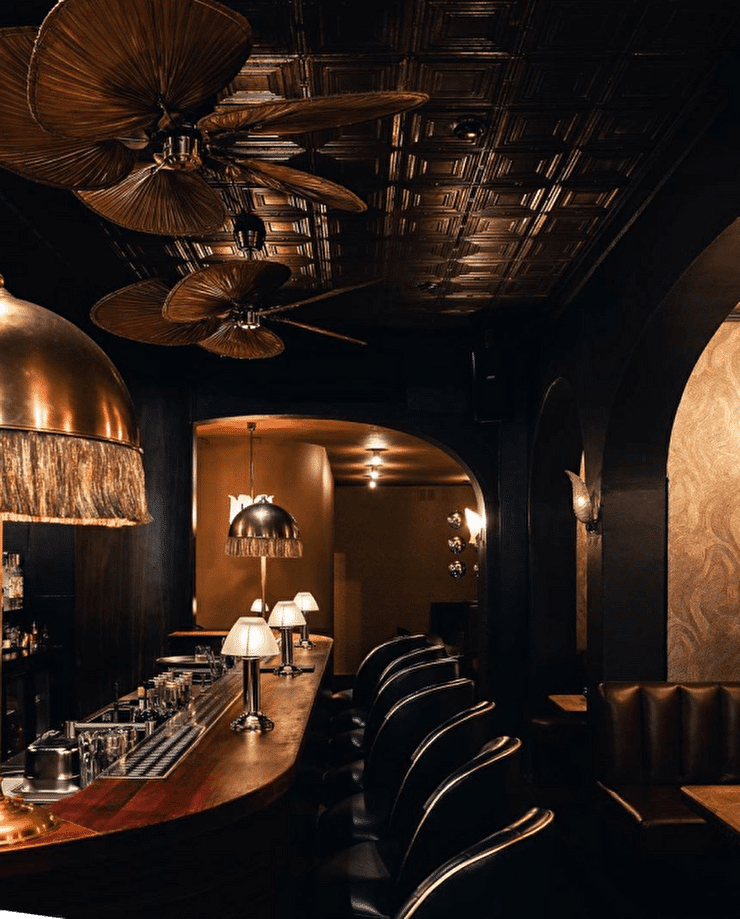
The Tulip Festival of Holland
We also visited the Tulip Festival located on the outskirts of the city. The festival only runs for about 8 weeks in the spring, but it is well worth the visit if you are a tulip fan. And though the park is huge, it still has a lot of visitors and can be quite crowded. But, we managed to visit the park and had an amazing time strolling through the perfectly manicured gardens and check out hundreds of different versions of tulips, daffodils and hyacinths.
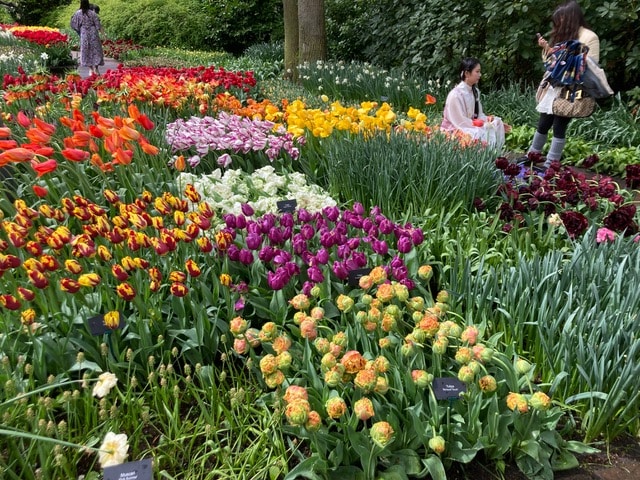
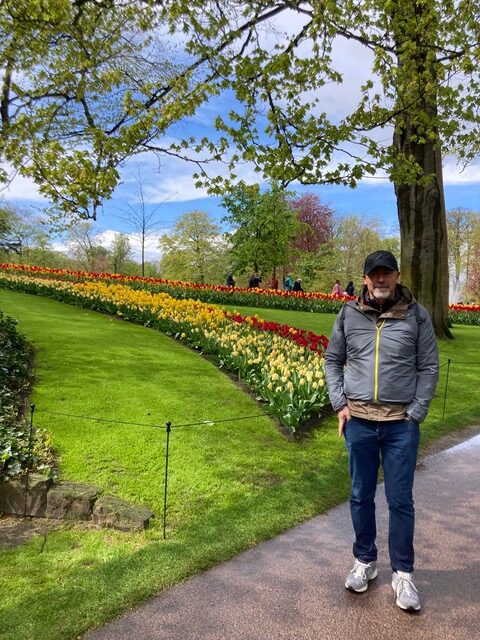
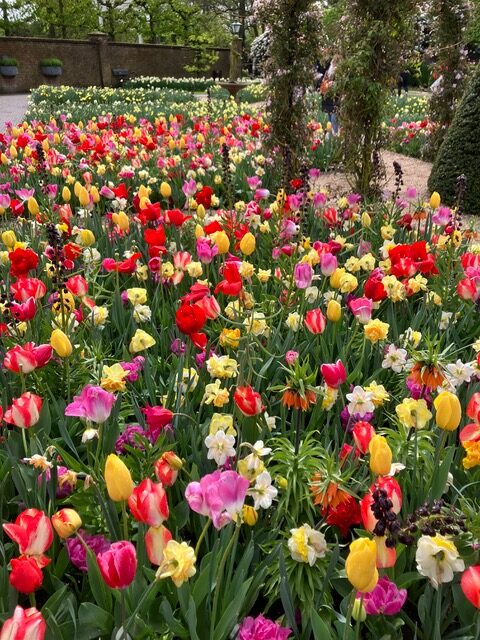
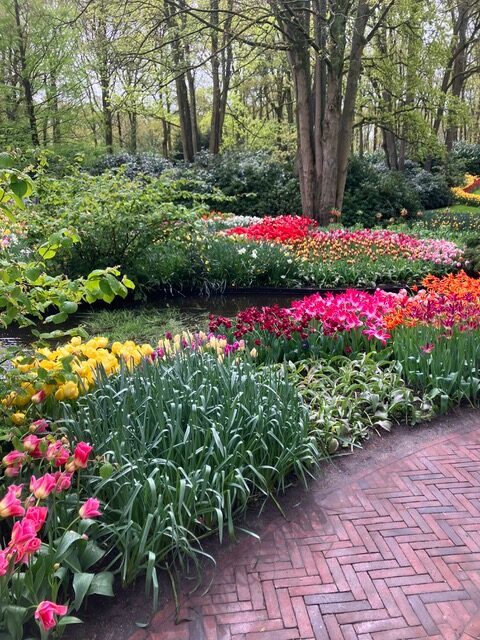
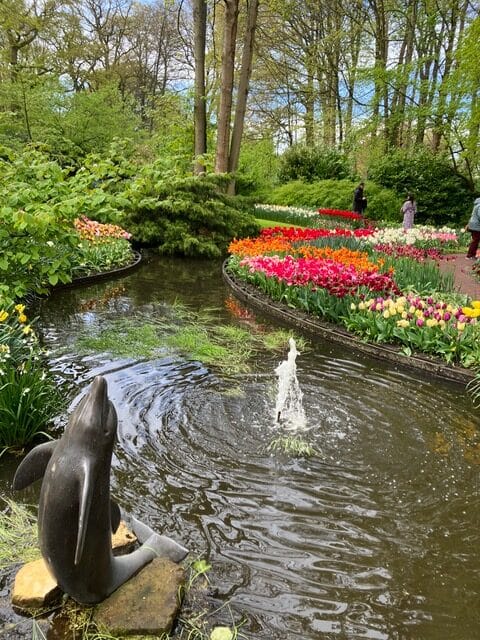
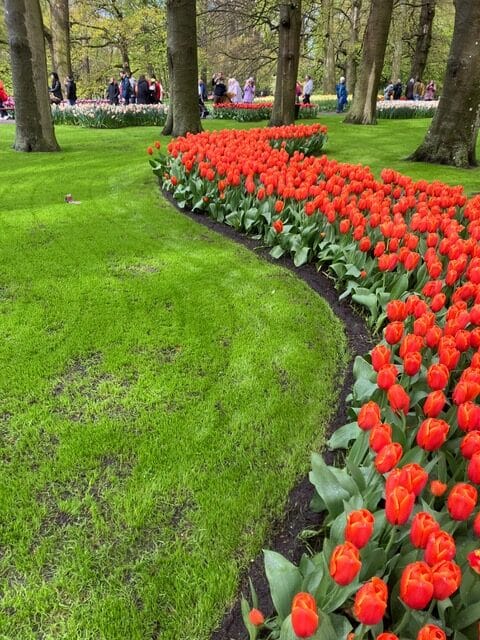
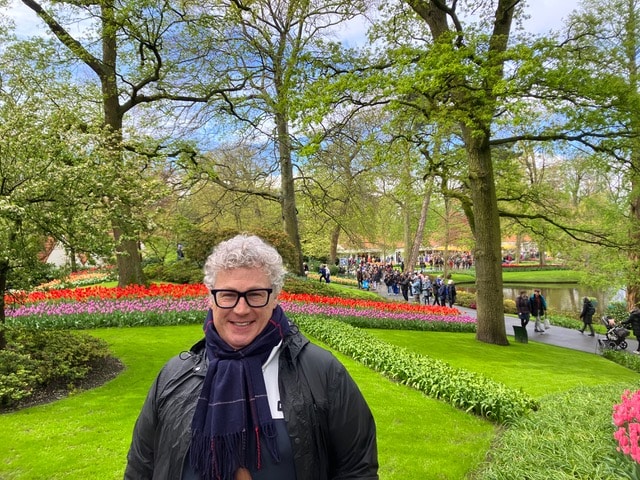
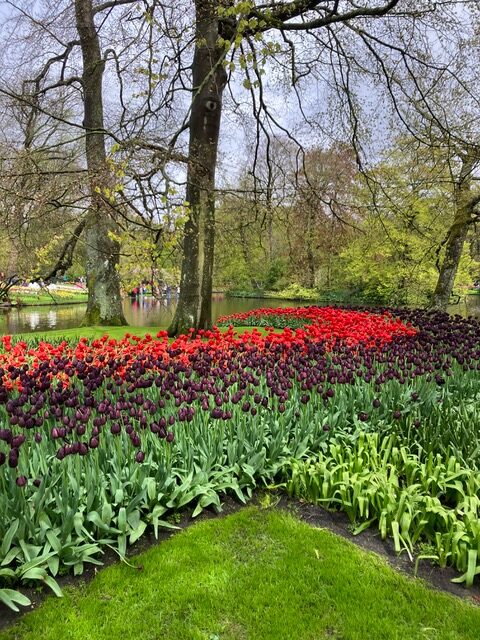
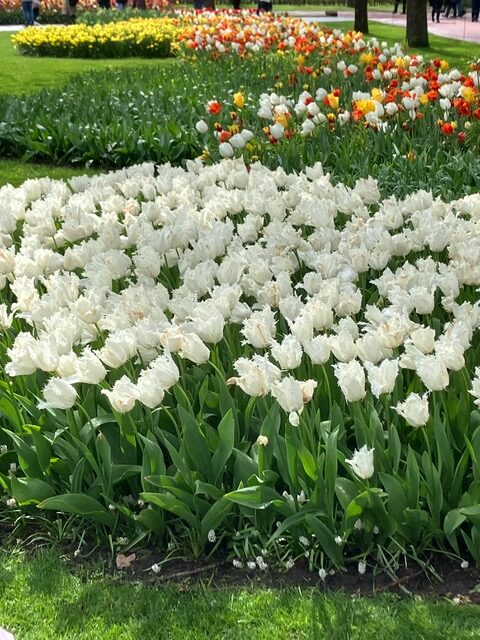
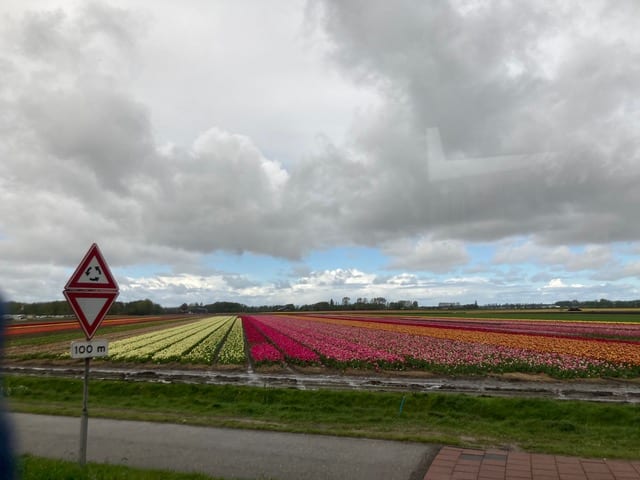
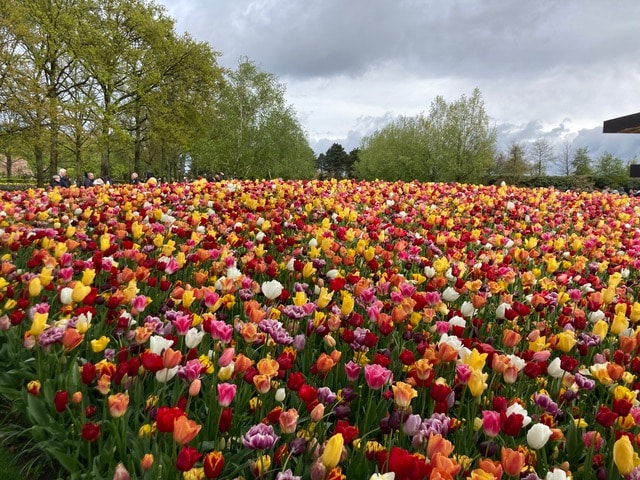
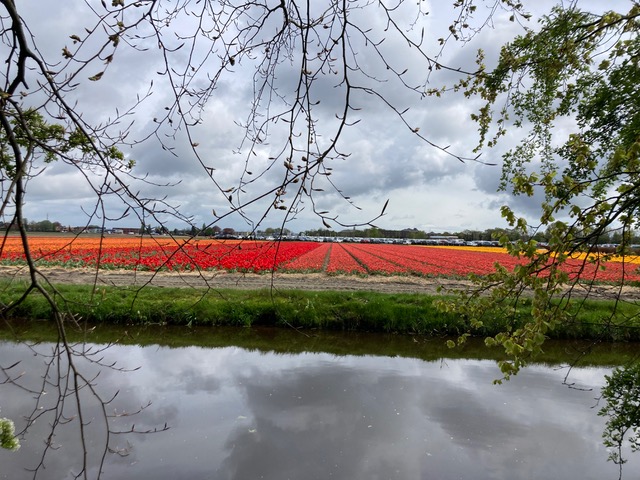
The name “Netherlands” has replaced the term “Holland” in common usage to refer to the country more accurately. The Netherlands consists of twelve provinces, two of which are North Holland and South Holland. Historically, these two provinces were the most influential and prosperous regions in the country, leading to the colloquial use of “Holland” to refer to the entire country. However, this term was not entirely accurate, as it excluded the other provinces of the Netherlands. In recent years, there has been a conscious effort to promote the use of the correct term, “the Netherlands,” to encompass all twelve provinces and promote a more inclusive and accurate representation of the country as a whole. By using the term “the Netherlands,” people acknowledge the diversity and contributions of all provinces within the country, rather than focusing solely on the historical significance of the provinces of North and South Holland. This shift in terminology reflects a desire to present a more comprehensive and representative image of the country to the world.
The Red Light District
The Red Light District in Amsterdam is a well-known area that has both intrigued and captivated visitors for decades. This district is famous for its windows adorned with red lights, behind which sex workers offer their services. While the Red Light District is a popular tourist attraction, it is essential to approach it with respect and understanding. The Red Light District is located in the oldest part of the city and covers several streets and canals. In addition to the windows showcasing sex workers, the area is home to a variety of establishments, including bars, cafes, and adult entertainment venues. The district comes alive at night when the red lights illuminate the narrow streets, creating a unique and somewhat controversial atmosphere.
While the Red Light District may be seen as a symbol of Amsterdam’s liberal attitudes towards sex and sexuality, it is also a complex and nuanced area. The city has implemented measures to ensure the safety and rights of sex workers in the district, including regulations and support services. Visitors to the Red Light District are encouraged to be respectful and mindful of the individuals working in the area. It is essential to remember that the sex workers are professionals providing a service and should be treated with dignity and respect. Additionally, it is important to be aware of the laws and regulations governing the district to ensure a safe and appropriate experience.
Exploring the Red Light District can offer a glimpse into a unique aspect of Amsterdam’s culture and history. While it may not be everyone’s cup of tea, it is undoubtedly a significant part of the city’s identity and a subject of fascination for many visitors.
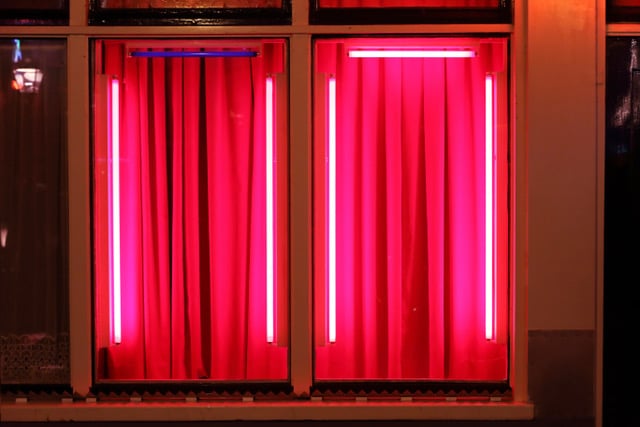
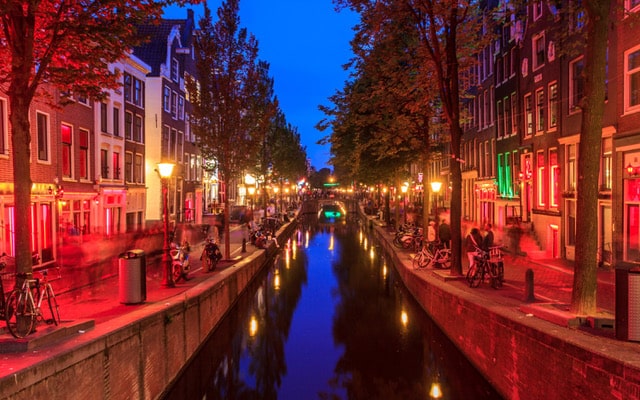
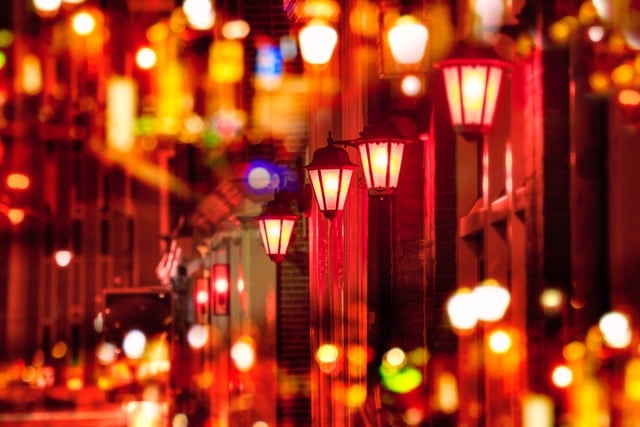
The Netherlands is known for being one of the most LGBTQ+-friendly countries in the world. The country has a long history of promoting equality and protecting the rights of LGBTQ+ individuals. The Netherlands was the first country in the world to legalize same-sex marriage in 2001. This groundbreaking legislation granted same-sex couples the right to marry and adopt children, solidifying the country’s commitment to LGBTQ+ equality.
Discover the allure of Amsterdam, where history whispers through cobblestone streets, art blooms in world-class museums, and canals weave a tapestry of beauty. Immerse yourself in the vibrant culture, savor the culinary delights, and embrace the spirit of tolerance and diversity that defines this enchanting city. Amsterdam beckons, inviting you to explore its wonders and create unforgettable memories. Start your adventure today.
Happy Travels !

Receive the news in your emailbox
If you like this articles , you can subscribe to our weekly newsletter.
